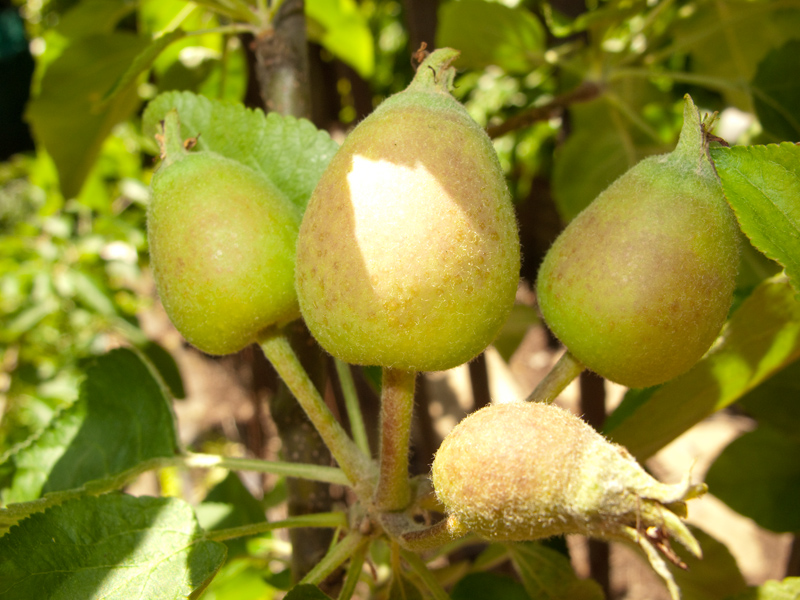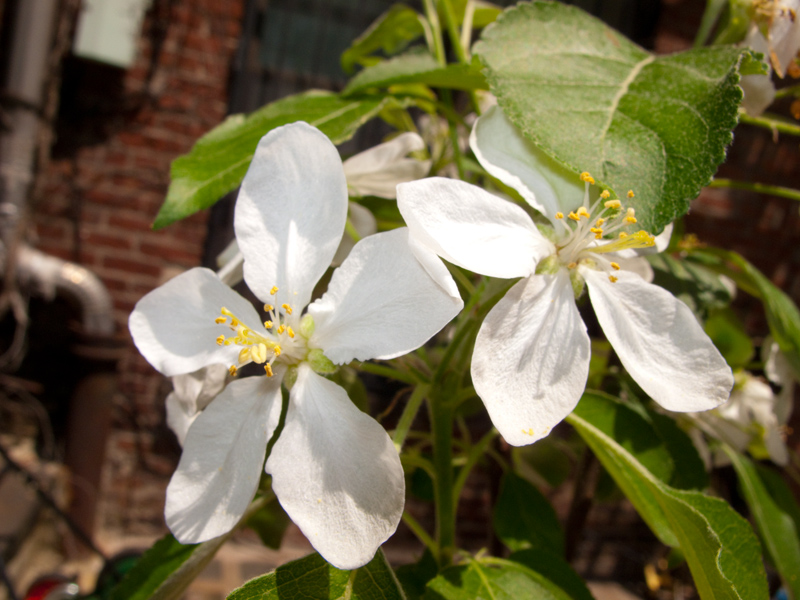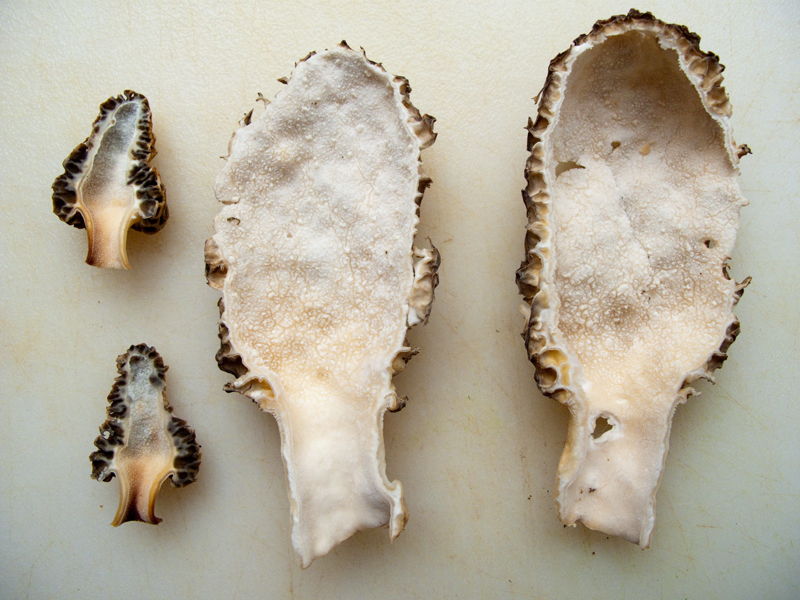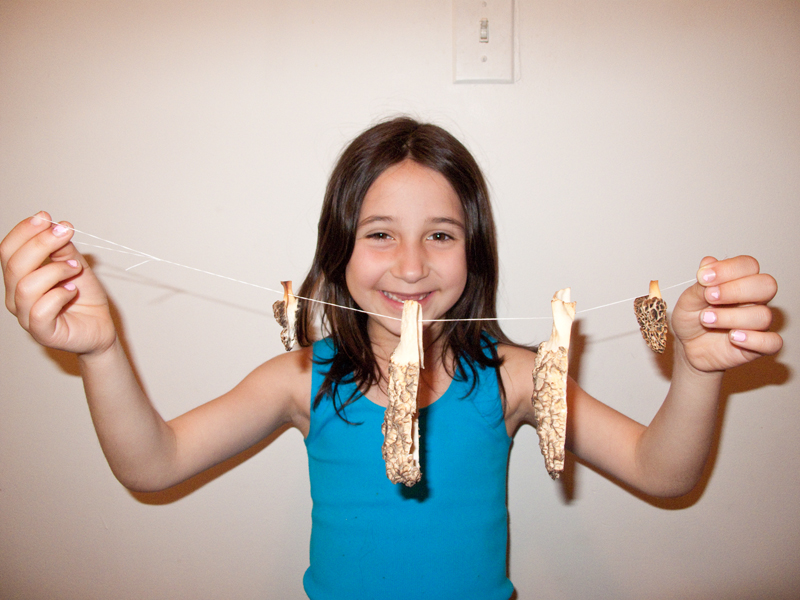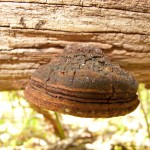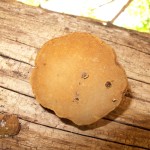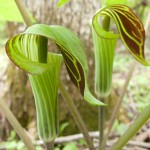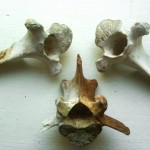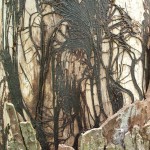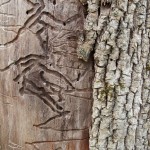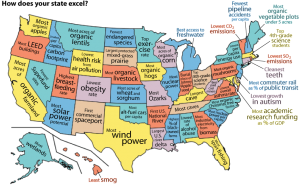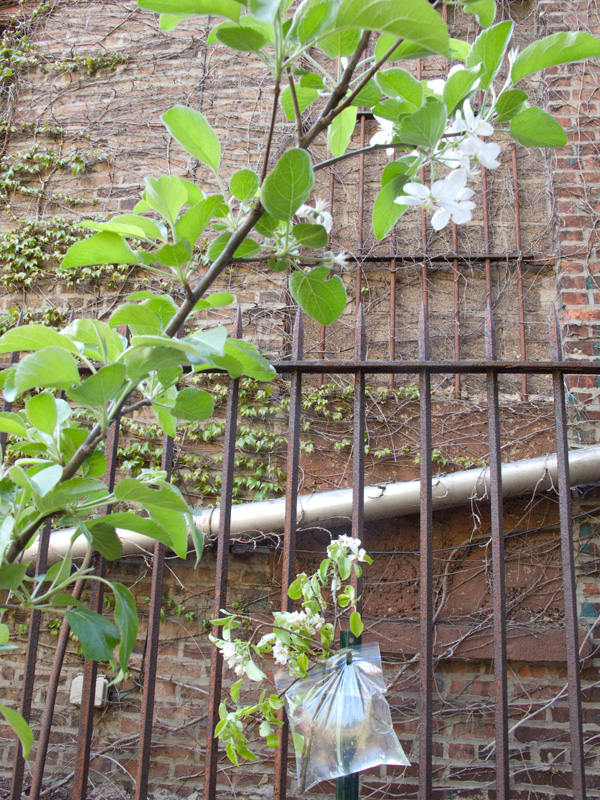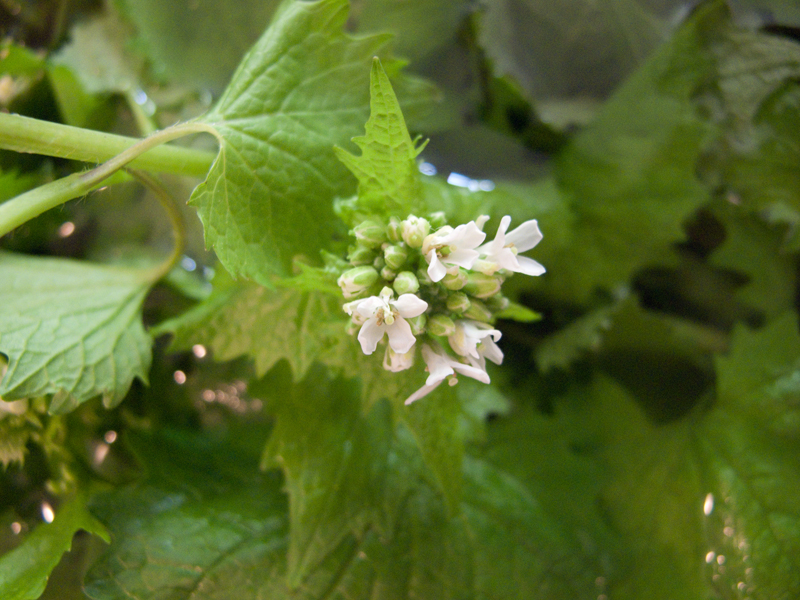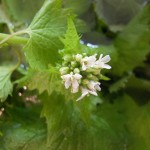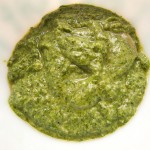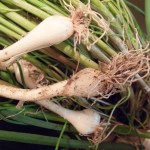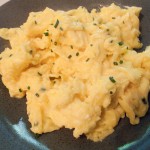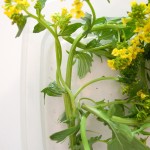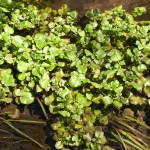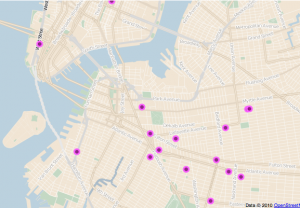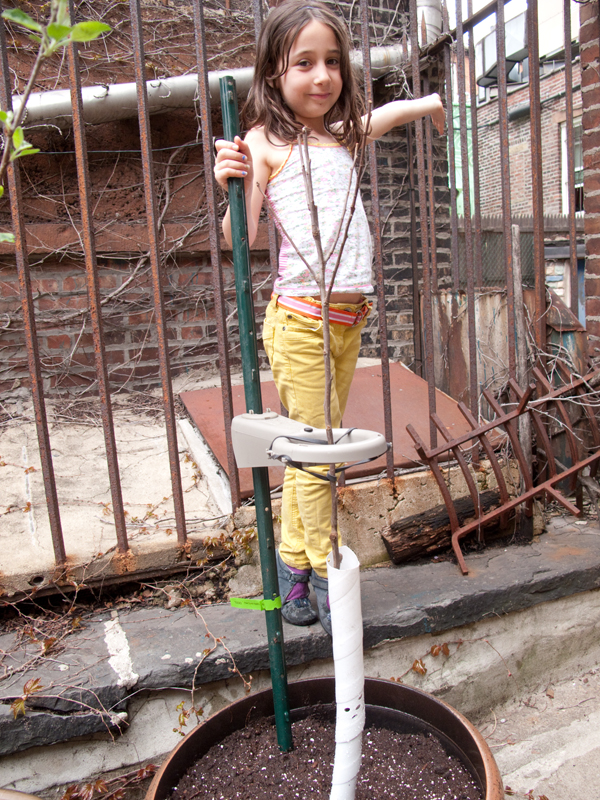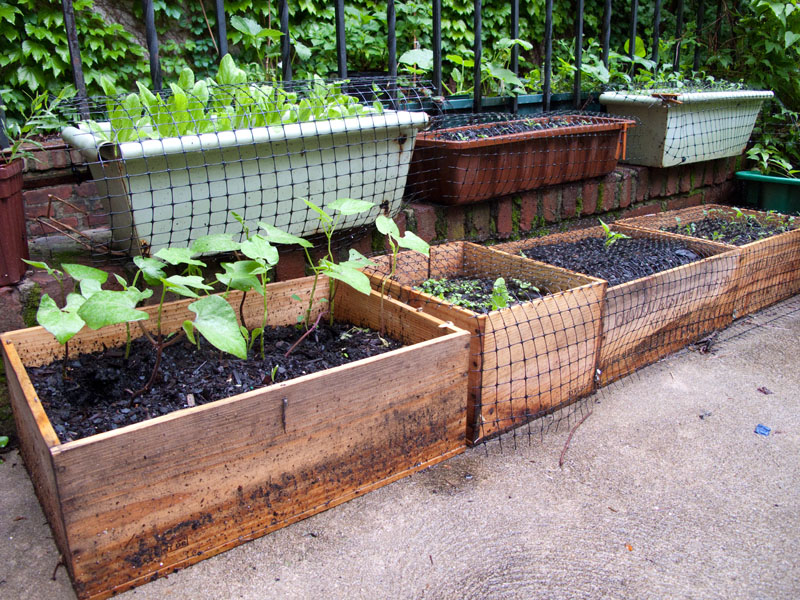
As I’ve probably mentioned before, I have a tiny backyard surrounded by tall buildings. What this means is that for several hours a day (more in winter) the sun is blocked by these buildings. So while my yard looks sunny, the sun travels and doesn’t hit one spot all day long.
The spot that gets the most sun is (of course) the area that is paved. I have had an assortment of pots and planters there, and this year I put in some raised bed planters. Instead of building them, I scavenged wooden wine boxes from our local wine shops. They are the same width (wine bottle length), so even though they are different lengths, they make a nice, even row.
I have to be somewhat smart about what I can plant with my limited sunshine. I have bush beans, lots of greens including mâche, deer tongue, new zealand spinach and lacinata kale. I can grow tomato plants that don’t produce a lot. Cherries do best. This year I planted white currant tomatoes. I have way too many, since I started them from seed, so if anyone wants some, let me know.
I am trying yukon gold potatoes and ground cherries for the first time.
And if you are wondering why I have wire over my beds, it’s because I have very tenacious squirrels. They dig like lunatics in my beds, which rips up anything that isn’t well established.

